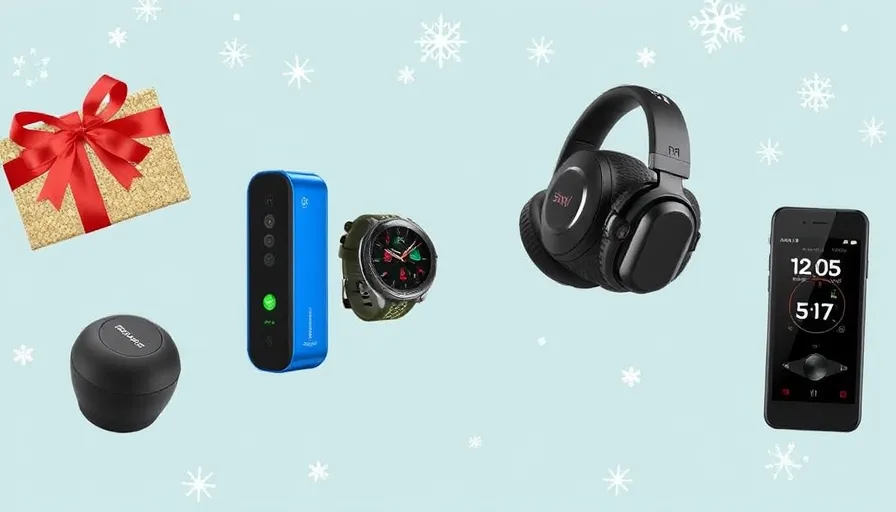On January 23, 2019, tech giant Amazon debuted its latest innovation called Scout, a 6-wheeled ADR used to deliver parcels to customers in Snohomish County, Washington. A couple of months later, Amazon began testing Scout in Irvine, California, with remote human monitoring.
Let’s learn about some of the technology used to power Scout. We’ll also discuss how customer needs are changing and what consumers can expect from the Amazon delivery robot in the future.
Meet Scout: The Amazon Delivery Robot
Amazon has an ambitious goal to reach net-zero carbon emissions by 2040, and Scout contributes to the company’s progress in achieving this goal.
The vision for Scout started back in 2017 when Amazon quietly acquired Dispatch, an urban delivery robot startup. The goal was to leverage Dispatch’s technology and top talent to develop Scout.
Automation in Amazon’s delivery infrastructure already exists — considering the company implemented robots in Amazon warehouses to increase operational efficiency.
Additionally, a primary goal when developing Scout was to speed up Amazon Prime’s two-day shipping standard to faster, one-day shipping. We’ll discuss the importance of speedy delivery later in this post.
How Does Scout Work?
Scout is a fully electric, cooler-sized autonomous delivery robot that was put in place to relieve delivery carriers. It can easily maneuver around pets, pedestrians and other common neighborhood obstacles.
Two essential technologies used to create Scout are sensors and machine learning (ML), which help with street navigation and object identification. Rather than use tracking software like RFID, which is highly affordable yet considered outdated by most industry professionals, or rely on GPS tech, which can be unreliable and inaccurate, these more advanced sensors and ML algorithms allow Scout to navigate streets safely and avoid obstacles that would otherwise delay delivery or damage Scout.
Scout robots have to work with many variables, such as extreme weather conditions, terrain variations and unexpected obstacles.
According to Paul Reverdy, an applied scientist, “Scout has to make a lot of decisions…Some are pretty high level, such as deciding whether it should cross a street or not.” Reverdy went on to say, “Then there are very discrete decisions it must make, such as ‘Can I get through the gap between the hedge and the trash can?'”
Reverdy is working on creating highly-detailed maps of routes Scout travels on to ensure it has accurate information to plan, react, and respond to the surrounding environment. The goal is to enhance Scout’s navigation capabilities.
On July 1, 2021, Amazon announced that it would continue improving Scout at its development center in Helsinki, Finland. The Finnish team will focus on building 3D software which will hopefully simulate real-life complexities and ensure safe navigation around sidewalk obstacles.
In addition, Amazon acquired a Helsinki-based 3D modeling specialization company named Umbra. Before the acquisition, Umbra had over $3 million in funding from venture capital investors.
Scout: The Amazon Delivery Robot Helping Meet Customer Expectations
According to an article from The Verge, Scout VP Sean Scott says that throughout Scout’s development, a major focus is making it seem like the robot is a part of the natural environment. The aesthetics of Scout play a significant role in achieving this goal.
For example, Scout is industrial-looking, has friendly curves and toy-like, rubber tires. Its notable blue paint job also helps to improve Amazon’s brand recognition. Scott says, “We want the robot to fade into the background.”
Customer expectations are constantly changing, and fast product delivery is a top priority for modern customers. Think about the millions of existing Amazon Prime members in just the United States — not only do they crave free shipping, but fast turnaround times.
Also, it’s vital to consider the impact of the worldwide pandemic. Retailers worldwide had an influx of online orders to fulfill promptly, especially during the peak holiday season. That trend will likely continue into the near future, despite ongoing supply chain bottlenecks and the emergence of COVID-19 variants.
Growth of the Autonomous Delivery Robot Market and Key Players
Amazon’s Scout is one of many innovations companies are using to transform their delivery services. Let’s explore other key players in the ADR market that are developing revolutionary systems to benefit their customers.
1. Starship Technologies
Many food and delivery companies are leveraging Starship’s robotic technology.
Starship’s six-wheeled electric ADRs are currently navigating college campuses to deliver food to students. They are also in the testing stage across grocery stores in the US, UK and Europe. The Starship ADR has become a top choice for many companies looking to improve delivery times.
2. Nuro
Starship focused on using ADRs on sidewalks, whereas Nuro took them to the open road.
Nuro’s latest products were specifically designed to transport fresh food in chilled or heated compartments. Nuro’s ADR, called R2, is fully autonomous and tested in cities across California, such as Menlo Park, Sunnyvale and Palo Alto. Domino’s is one company that partnered with Nuro for self-driving delivery.
3. Eliport
Eliport is a robot delivery startup based in Barcelona, founded in 2017. So far, the company has earned over $120 million in funding. The company’s ADR is a four-wheeled vehicle that travels at walking speed on sidewalks.
According to Eliport, its product is unique compared to other ADRs because it can be loaded without human intervention. Fleets can be safely stored at a distribution center, packed and sent on their way automatically.
Impact of ADRs
It’s possible that using these automated robots could help reduce delivery costs by 80-90%, according to Sterling Hawkins, co-founder of the Center for Advancing Retail and Technology (CART).
The ADR global market is expected to grow to $236.59 million by 2027, with a compound annual growth rate (CAGR) of 34.30%. The primary factor fueling growth in this specific market is efficiency.
Customers want their products delivered promptly — because we live in a world driven by instant gratification, this shouldn’t come as a surprise to retailers or logistics companies.
Critical research from Invesp found that over half of retailers offer same-day delivery, 56% of digital consumers between the ages of 18-34 expect it, and 61% of respondents said they’d be willing to pay more for it. The e-commerce, retail and logistics industries will have to find new ways to achieve heightened efficiency.
The Future of ADRs
As ADRs become even more in tune with their environments, it’ll be a game-changer for retailers and other companies that deliver products to their customers. ADRs will play a tremendous role in the future of deliveries, specifically last-mile deliveries.
The companies listed above and many others in the ADR market have adopted growth strategies, fostered partnerships, and expanded their reach to strengthen their product portfolio and reach a wider, broader customer base.
It’ll be fascinating to see how ADRs become a part of everyday life. How cool would it be for small, automated robots to deliver products to your front door in a flash? Hopefully, we’ll see these ADRs roaming the streets soon.
Recent Stories
Follow Us On
Get the latest tech stories and news in seconds!
Sign up for our newsletter below to receive updates about technology trends




